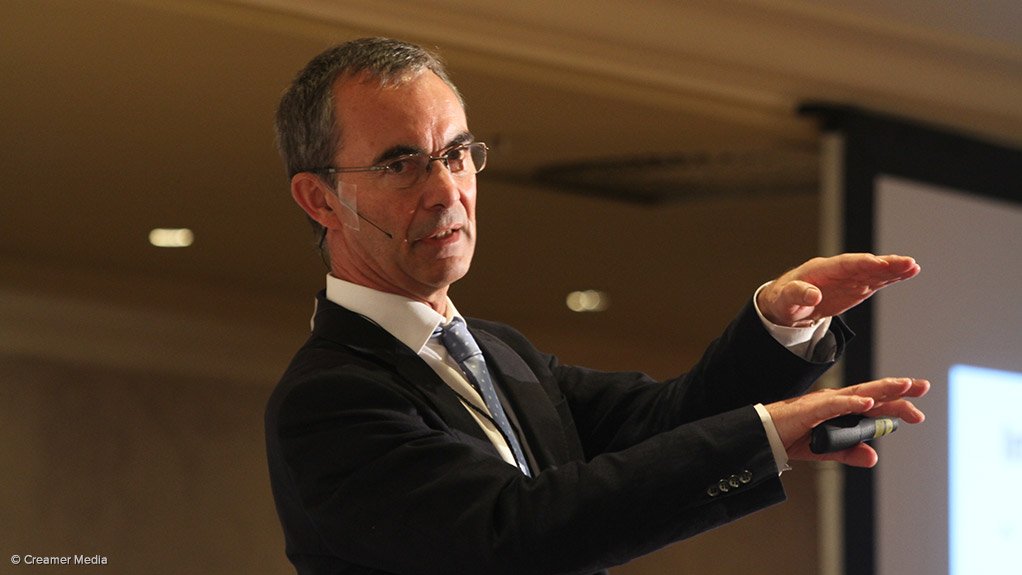The level of intermediate inputs imported by South Africa’s metals and engineering sector has risen strongly from around 22% 20 years ago to over 35% currently, Steel and Engineering Industries Federation of Southern Africa (Seifsa) research shows.
Speaking at the inaugural Metals and Engineering Indaba in Gauteng, on Thursday, Seifsa chief economist Henk Langenhoven said the “unfortunate pattern” meant that the sector was running regular trade deficits, despite the fact that a good deal of its production was exported.
The metals and engineering sector contributed about 6% to South Africa’s gross domestic product and represented about one-third of the country’s overall manufacturing industry.
Langenhoven attributed the rise in intermediate imports primarily to the increase in domestic production costs, underpinned by above-inflation increases in electricity and labour costs over a sustained period.
However, the increase in import penetration had also coincided with periods of production volatility, arising as a result of strikes and power disruptions. Domestic manufacturers were, therefore, increasingly sourcing cheaper inputs from abroad not only to contain assembly costs, but also for security-of-supply considerations.
But besides using more imports in their own production processes, metals and engineering manufacturers were also facing increased import competition, which had intensified in light of the “patchy” world economic recovery since the 2008/9 recession and in light of overcapacity in countries such as China.
South Africa’s policy response needed to focus primarily on raising the competitiveness of domestic manufacturers, but also needed to embrace higher levels of local content in public-procurement programmes and possibly some protection.
But Langenhoven stressed that tariffs alone would not prove effective in the longer term, arguing that the scope for “inward industrialisation” – as pursued by successive pre-democracy governments – was limited.
EMAIL THIS ARTICLE SAVE THIS ARTICLE
To subscribe email subscriptions@creamermedia.co.za or click here
To advertise email advertising@creamermedia.co.za or click here











